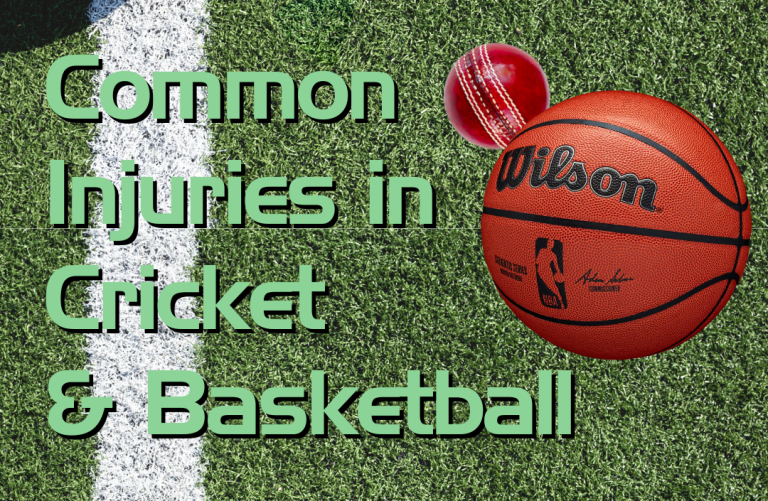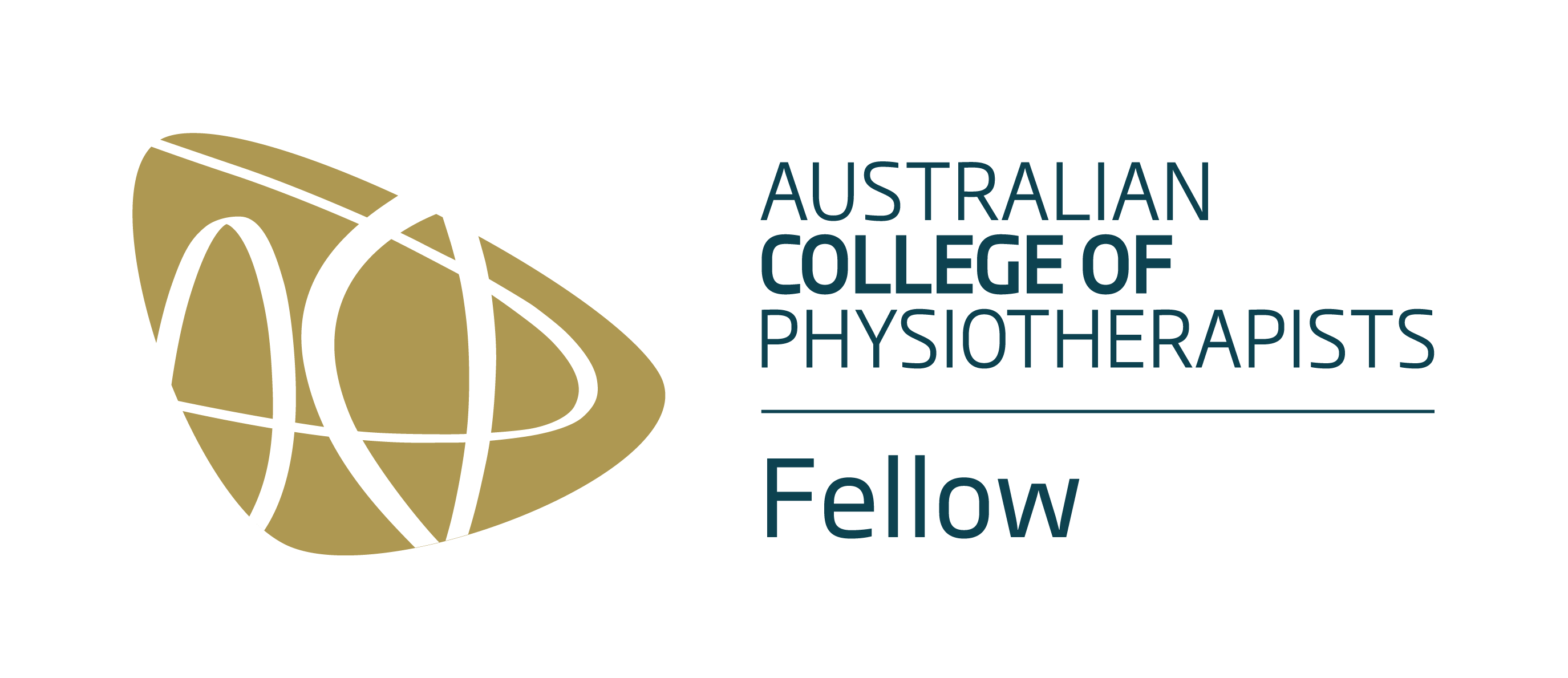Headaches are a diagnostic challenge. That is because neck headaches and migraine often show similar features (1). Neck headache symptoms show up similar to migraine headaches, tension-type headaches or even cluster headaches(2).
Scientists at the 3rd edition of the International Classification of Headache Disorders identified 14 different types and subcategories of headache classifications(3). It was agreed that a overlap between tension type headache, migraine and cervicogenic headache is present making diagnosis difficult. This is because diagnosis is based on the patient examination. There is no gold standard test or scan.
Combining lots of research results (4) not only showed overlap of different kinds of headache including the "big three" of migraine, tension headache and neck headache, but also in their biology. This notion of overlap is long recognised by eminent researchers (1).
Brainstem sensitivity is becoming increasingly recognised as a common denominator across migraine(5). This may implicate the neck in these presentations.
Click the play button below for video.
HANDS ON TO TURN MIGRAINE ON ITS HEAD
The good news is a manual diagnosis approach of neck related head pain used at this clinic, called the "Watson Approach” sorts this out. An experiment using this manual examination reproduced identical head pain in 100% of tension type headache sufferers and 94% of migraineurs even outside their migraine episode. There were no side effects nor flare ups. Therefore this hands on approach is safe and useful to determine if the neck is involved.(6)
Impressively this manual therapy technique not only reproduced the pain of migraine, but released it and this corresponded to measured changes in brain reactivity (nociceptive blink reflex)(7).
The application of these Manual Therapy techniques has already made very positive impacts on the lives of head pain patients at Peak MSK.
References
- Goadsby PJ and Bartsch T, Headache Currents, no. 10 (2005): 42-48.
- Rothbart P, Can J Diagn, no. 13 (1996): 64-6. 71-6.
- International Classification of Headache Disorders, 3rd edition (2013): Cephalalgia 33:629-808.
- Von Piekartz H, Manuelle Therapie, no. 18 (2014) : 134-143
- Tajti J, Szok D, Párdutz Á, Tuka B, Csáti A, Kuris A, Toldi J, and Vécsei L, J Neural Transm, no. 119 (2012): 557-568.
- Watson DH and Drummond PD, Headache, no. 52, (2012): 1226-1625.
- Watson DH and Drummond PD, Headache, no. 54, (2014): 1035-1045.














